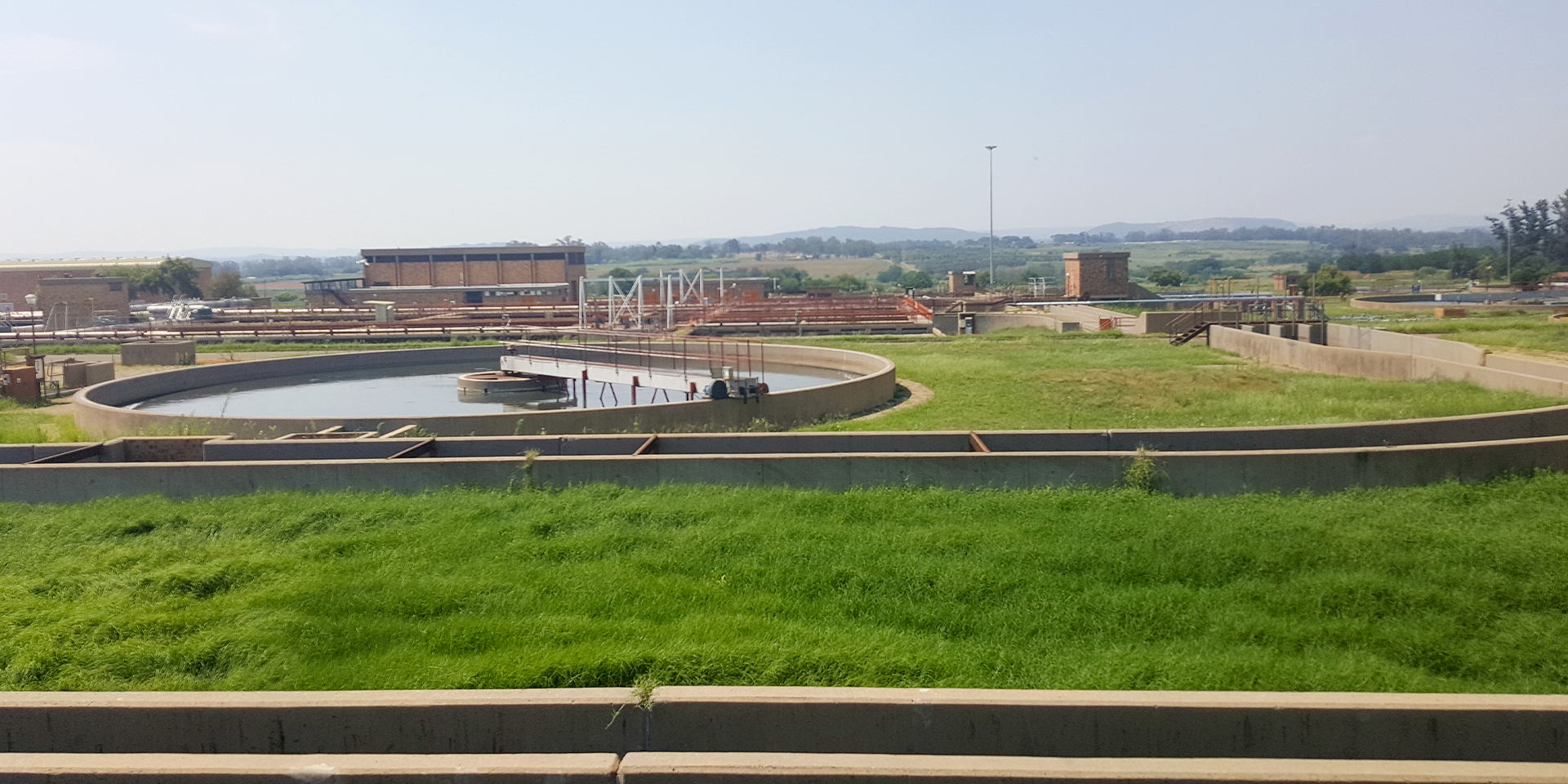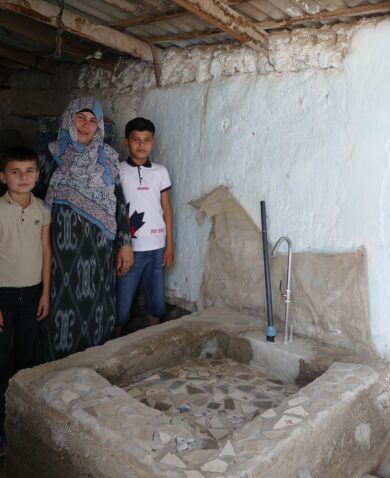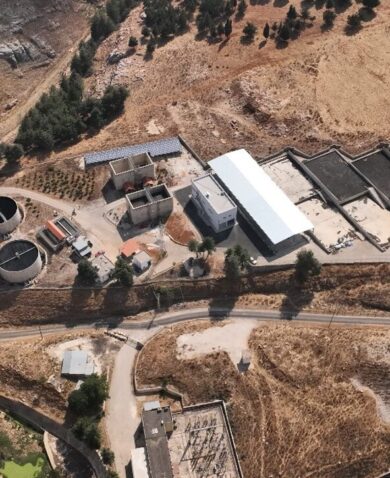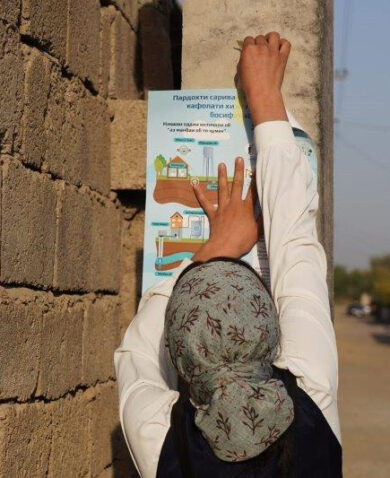
Working the System for Improved Water and Sanitation Services
May 10, 2021 | 4 Minute ReadIf we aspire to meet the global goal of “availability and sustainable management of water and sanitation for all,” it’s imperative that we view our water and sanitation systems holistically and stop creating solutions for those systems’ discrete parts.
![]() Prompted by winter storm Uri, Texans experienced one of the largest blackouts in U.S. history last February. Loss of power, coupled with pump failures and burst pipes, led to a boil-water notice for more than 14 million residents. Many died of hypothermia and carbon-monoxide poisoning while trying to stay warm. CBS News reported the storm and its effects could cost up to $295 billion.
Prompted by winter storm Uri, Texans experienced one of the largest blackouts in U.S. history last February. Loss of power, coupled with pump failures and burst pipes, led to a boil-water notice for more than 14 million residents. Many died of hypothermia and carbon-monoxide poisoning while trying to stay warm. CBS News reported the storm and its effects could cost up to $295 billion.
The people of Texas could have been spared much of this strife had the owners of these systems adequately prepared for such an event by examining the utility regulatory structure, identifying points of connection and potential weaknesses, and taking preventive steps, such as weatherizing equipment (and figuring out how to pay for it). What Texas needed was a systems approach. As development professionals, we, too, need to consider “the system” if we hope to create, sustain, and improve water and sanitation services to build resiliency against external factors like climate change and COVID-19.
What do we mean by systems approach?
Creating, sustaining, and improving water and sanitation services – and adapting to the impacts of climate change – are “complex” problems, influenced by the social, political, and economic relationships among many stakeholders. A systems approach calls for us to thoroughly analyze the nature of interactions and relationships among those stakeholders. Through analysis, we can better understand challenges and their root causes and design more effective interventions. In the case of water and sanitation services, specifically, recent research identified financial, technical, and institutional factors as the most often included in a systems approach.
Why consider a systems approach for tackling water challenges?
While support for improved water and sanitation services has progressed from gray to green and includes greater local engagement, it has not progressed enough as measured by outcomes in health and sustained service provision. This is particularly true for the rural and urban poor and other groups disproportionately hurt by climate change.
While there is not enough data yet to analytically demonstrate that a systems approach leads to better outcomes in the water sector, we can infer from instances like that in Texas that neglecting the system – failing to account for the interconnectedness of its components – leads to disaster. We see this around the world regardless of a country’s income level. In Lebanon, an upper middle-income country, significant infrastructure exists for both water supply and waste-water treatment. However, lack of good governance and sustained financing has led to severe underutilization, lack of maintenance, and widespread failure of water and sanitation systems.
As a compounding factor, climate change and its negative impacts steadily advance, exacerbating the challenges to improved WASH outcomes in health and increasing the likelihood of water service interruption due to water-related crises. West Africa’s coastal region, for example, is home to millions of people threatened by sea level rise, as well as coastal flooding from inland storms, which together cause billions of dollars in environmental, health, and social costs every year. In Benin, increased extreme weather events and rising ocean levels effectively transform densely populated areas in and around Cotonou into open sewers. Inland, changes in rainfall patterns increase the frequency and intensity of droughts and floods, requiring new water storage and flood control infrastructure. A systems approach could increase the likelihood of viable solutions in the medium and long term by recognizing the relationships of coastal commerce, inland agriculture, and the governance of public and private investment in the region, which donor investments influence in many cases.
Systems approaches in action
While plenty of poor examples exist, there are also promising examples of systems approaches in the water – and connected – sectors from which we can learn. One such example of early success is USAID’s Resilient Waters program’s work in the Limpopo River Basin. While the team continues to measure the impacts, the project is supporting reduced fecal sludge effluent upstream in the basin and reduced saltwater intrusion from rising sea levels at the coast. The program also includes a dedicated funding source for innovations in improved livelihoods linked to improved water resource management. The work requires support through transnational institutions, in this case the Southern African Development Community, and national and local authorities. Put simply, good governance, financing, and technical capacity work together in a complex relationship.
Another example of a systems approach is USAID’s recently concluded South Africa Low Emissions Development (SA-LED) program, which sought to mainstream climate change adaptation and mitigation at the municipal level. That program took an integrated approach to improve municipal capacity in the face of increasing climate impacts, include increased access to national funds and, wherever possible, tap into private financing. The project demonstrated how local projects, such as biogas-to-power generation from wastewater sludge, hydropower from existing water supply infrastructure, and environmentally and socially sustainable dry-land fish farming, can be achieved through a working understanding of how governance, access to financing and funding, and technical assistance interact within a system.
In some cases, systems thinking may even be revealing itself to us. All too often, new hardware is installed – a pump, a latrine – only to fall into disrepair. In a particular case in Benin, the “system” changed the result organically. A full latrine at one school caused teachers and students to revert to open defecation, reintroducing the health issues the latrine should have addressed. The school board applied for funding from the national government to secure desludging services, but the process would require more than a year with an uncertain outcome. When parents learned about this, they took the initiative immediately to secure and pay for desludging and cleaning services. The parents were a neglected part of the system. Had they been identified at the outset of the project as key stakeholders, the project might have been set up for sustainable maintenance from the beginning.
An appeal for systems thinking
If we aspire to meet the global goal of “availability and sustainable management of water and sanitation for all,” we must stop creating solutions for discrete parts of the system. Infrastructure without funding to maintain it will crumble. Failing to recognize users of WASH services overlooks potential advocates, funders, and partners. And not connecting the dots between systems or ignoring them because of poor governance – as in the Texas example – is inexcusable. As development professionals, we owe it to the communities we serve to do better. A systems approach to effective water and sanitation services, in the face of climate change, offers a promising path forward.
*Banner photo caption: A clarifier at a wastewater treatment facility in South Africa.
Posts on the blog represent the views of the authors and do not necessarily represent the views of Chemonics.







































